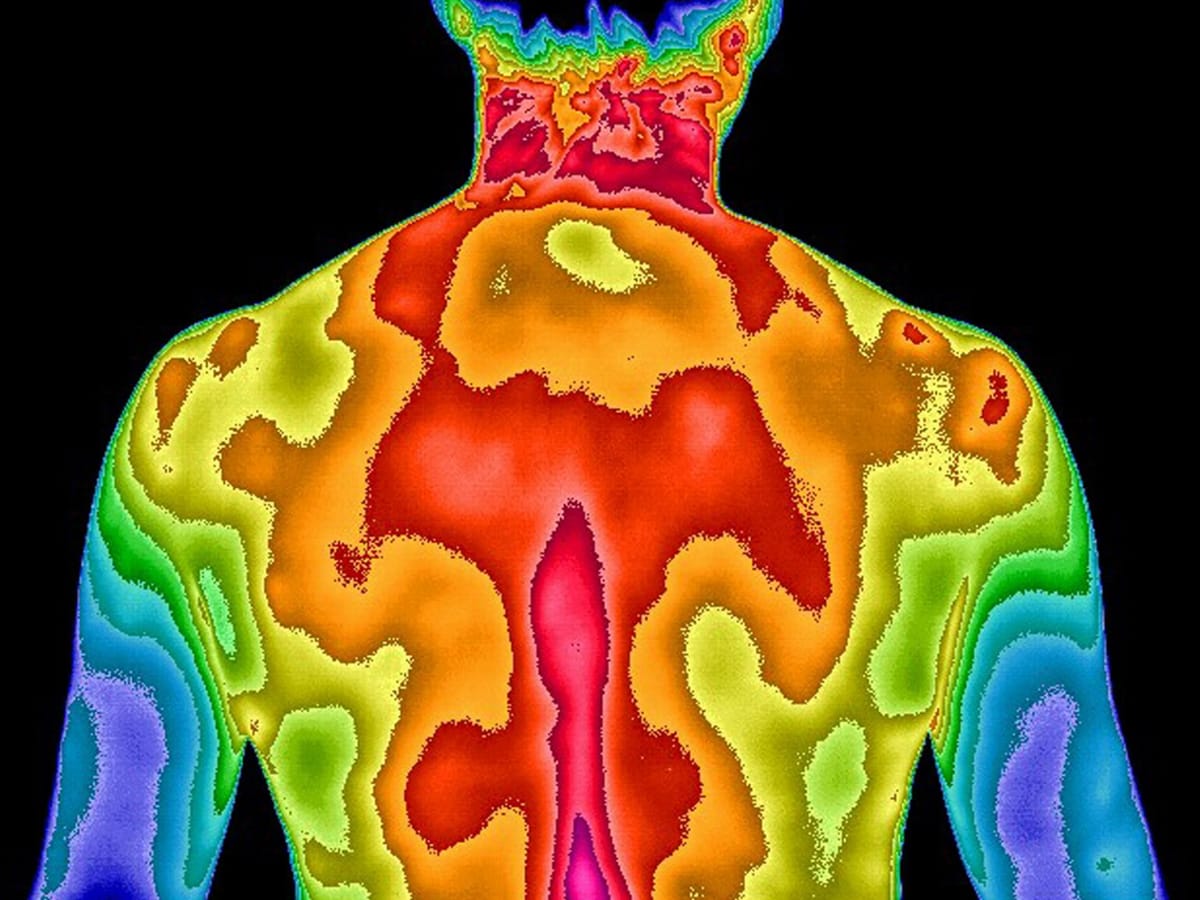Thermography - what is it?

Our body radiates heat. When the body is warm, we emit magnetic radiation.
With a body heat of 27 degrees Celsius, a person emits radiation at a magnetic wavelength ranging from 2 to 20 μm.
Determining your state of health is possible by reading these wavelengths. The technique is called thermography.
Since time immemorial, we have known that temperature is a gauge of vitality. A mother nursing a young child warm to touch.
With modern technology, it is now possible to tell minutiae. Diabetes, retinopathy, tumors, for example.
Should you use thermography to determine your health?
Your body produces heat through metabolism and muscle movement. You dissipate it through the surface of your skin, carried there through fluids like blood.
A thermogram is utilized to study the flow of fluid.
When examining temperature changes caused by obstructions, researchers can gain valuable insights. Temperature changes as fluid flows through your body, revealing possible blockages.
The real value of such a scan lies in its ability to detect problems long before they become a disease.
The device is able to detect growth as small as a grain of rice. Conventional scans wouldn’t detect similar growth for years.
Scientists have applied the same concept to various conditions. Appendicitis, macular degeneration, ulcers, autism, neck pain, Type II Diabetes, and arthritis.
Thermography comes with several benefits. It is non-invasive. It does not emit radiation. It is far more sensitive in its capacity to detect and prevent disease.
You may wonder why it is not commonly used.
One reason for its lack of popularity is economics. It is more profitable to use CT scans and MRIs as compared to thermography.
Patients also visit a hospital when they are unwell. At that point, there is nothing a thermogram can prevent.
Reach out to me on twitter @rbawri Instagram @riteshbawriofficial and YouTube at www.youtube.com/breatheagain






